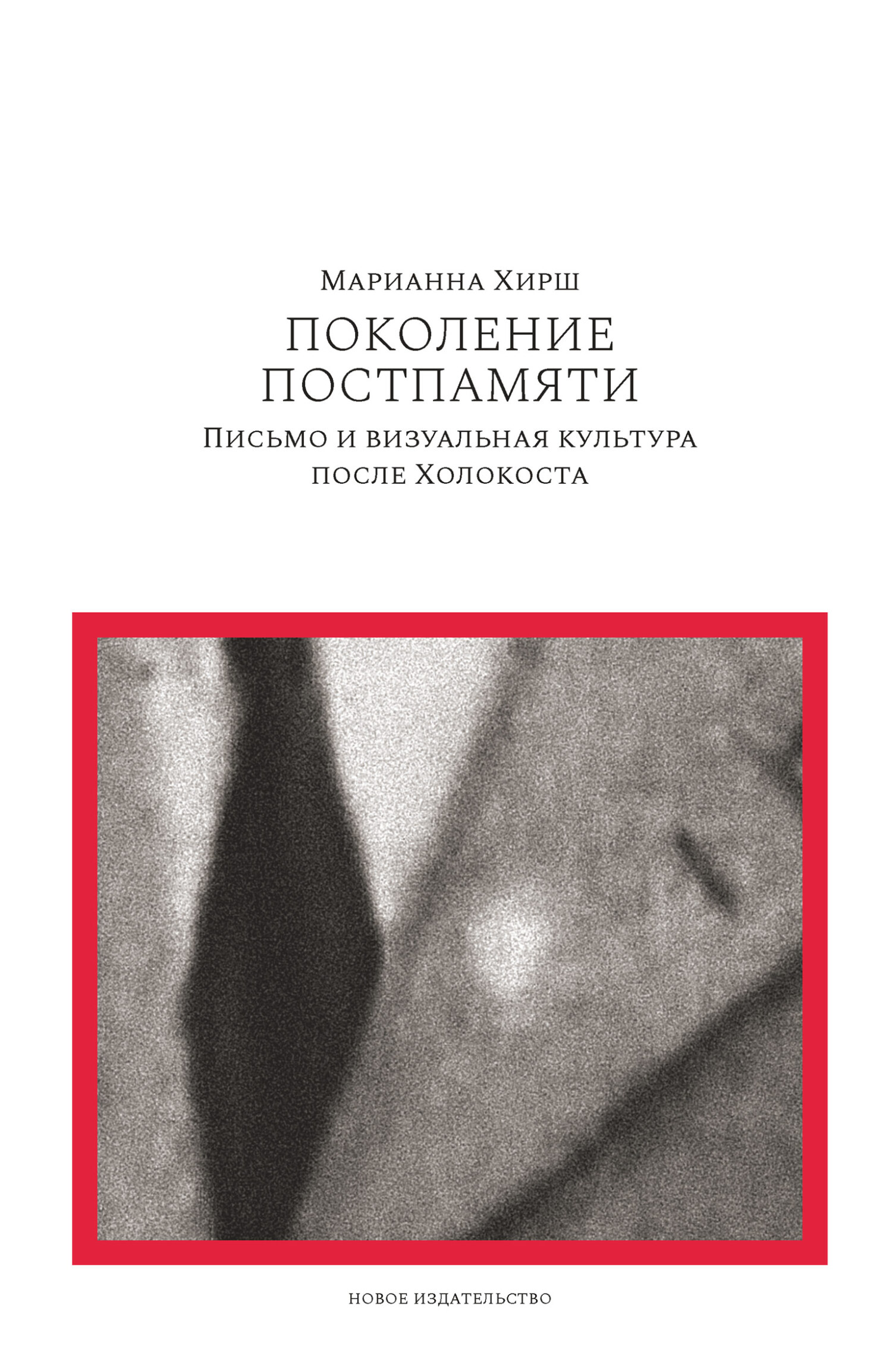Шрифт:
-
+
Закладка:
Сделать
Перейти на страницу:
Возможно ли помнить не свое, а чужое прошлое? Как историческая травма влияет на жизнь тех, кто не был современником катастрофических событий? Марианна Хирш исследует глубинные механизмы передачи памяти о Холокосте через поколения, используя обширный материал послевоенной культуры – искусства, литературы и различных социальных теорий.В формате PDF A4 сохранен издательский макет.
Перейти на страницу:
Еще книги автора «Марианна Хирш»:




